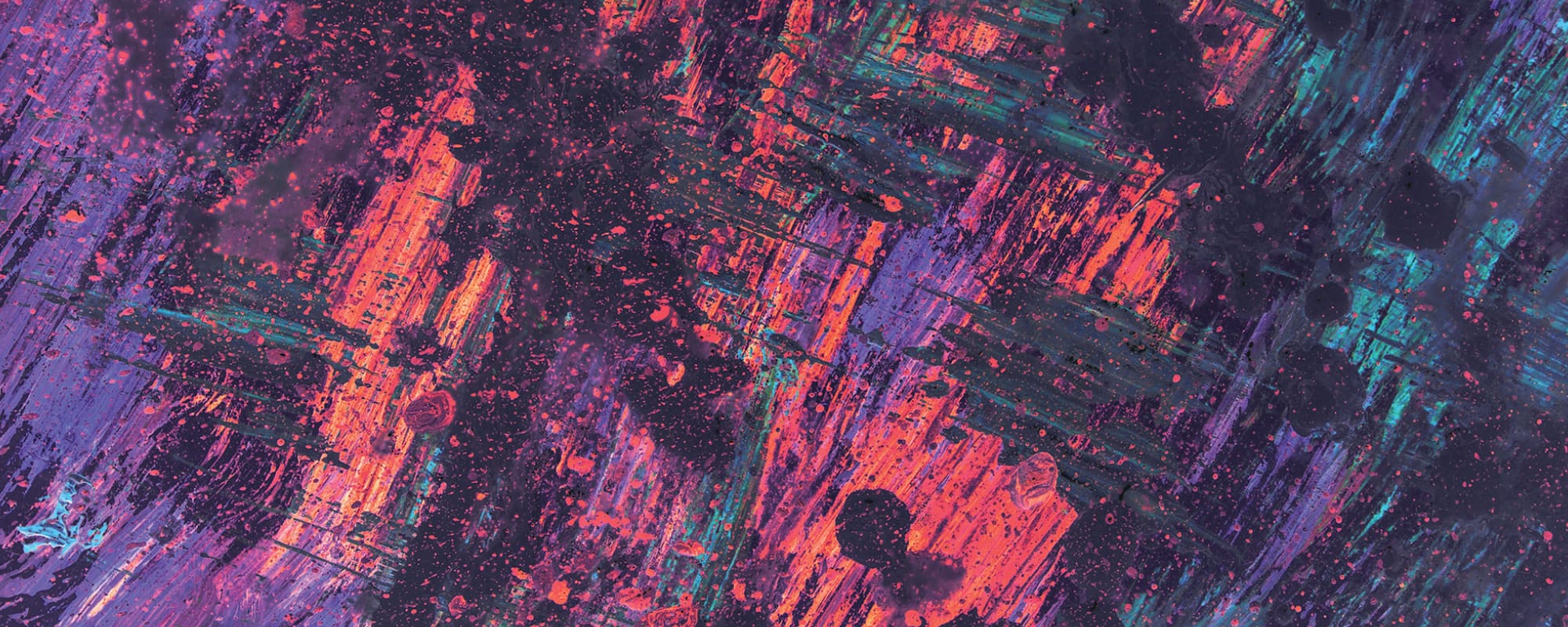Schizophrenia is a mental disorder that affects reality perception, but studies suggest that individuals with it tend to have superior creative skills. Art therapy is used to address negative aspects of the disorder and may help diagnose it. Art can serve as an outlet to express what cannot be described in words, and its content can vary significantly between those with the disorder and healthy individuals.
Schizophrenia is a mental disorder regarded as a deficit in the way reality is perceived by an affected individual, often leading to associated behavioural changes. Such individuals may experience persistent hallucinations which can affect any of the senses. Moreover, such individuals exhibit disordered thinking patterns as well as disorganised behaviour, leading to a reduced ability to carry out the activities of daily living without treatment. The causes of schizophrenia are thought to be due to both genetic and environmental factors, and onset typically starts in late adolescence or the early twenties.
Psychiatric illnesses and art are not uncommonly associated with one another, with numerous accomplished artists having been diagnosed with schizophrenia or other mental disorders. Prominent examples include Louis Wain, well-known for his illustrations of anthropomorphised cats, and Richard Dadd, who was renowned for the obsessive detail in his paintings. Several other artists have been diagnosed with schizophrenia – either during their own lives or through speculation after their deaths.
A number of studies have indicated that individuals with schizophrenia tend to have superior creative skills and that the arts may serve as a resource to better cope and adapt in their daily lives. In fact, art therapy is frequently used with such individuals alongside other conventional treatments. Art therapies aim to address negative aspects of the disorder such as social isolation, poor communication, and lack of motivation. Art therapy has also been used to help diagnose schizophrenia in children, although art is not generally used to diagnose schizophrenia due to its variable nature.
The manifestation of schizophrenia in artwork itself is not always evident; however, artists may use art to express themselves when other means of communication fail. This is a common feature in other mental illnesses such as depression, which may be exhibited in Edvard Munch’s piece The Scream, or visual hallucinations, as in Van Gogh’s Starry Night. That said, studies comparing the artwork of healthy and schizophrenic individuals have concluded that no significant differences in art style were noted. What did vary was the content of the art itself, and that element is a more useful indicator of psychosis. The content tends to be stranger, and more unusual or bizarre in schizophrenics, perhaps reflecting the individual’s perception of themselves or their perception of the disease.
Common features of schizophrenic work include the following:
- Symmetry
- Desexualised figures
- Strong border lines
- Fusion of objects
- Misidentification of objects or individuals
Interestingly, a study conducted in 2014 noted that such artists may be depicting the world as they wish it to be as opposed to how it actually is by incorporating their hallucinations or delusions associated with the illness. Thereby, art may serve as an outlet to express what cannot be described in words.
Numerous artists have been diagnosed with schizophrenia, and this diagnosis may be associated with a higher creative capacity. Art may serve as a therapeutic outlet for patients suffering from schizophrenia and may indeed be used to help manage the illness. The content of art tends to vary between those with schizophrenia and healthy individuals, which may serve as a tool allowing for the recognition of the disorder through art in certain cases.

Further Reading
Burton, N. (2015, September 23). Mad Genius: Schizophrenia and Creativity. Psychology Today. Retrieved 21st December, 2022, from https://www.psychologytoday.com/us/blog/hide-and-seek/201509/mad-genius-schizophrenia-and-creativity
Kaufman, S. B., & Paul, E. S. (2014). Creativity and schizophrenia spectrum disorders across the arts and sciences. Frontiers in Psychology, 5, 1145. doi:10.3389/fpsyg.2014.01145
Mrak, M., Belčić, S., Rački, V., & Petrić, D. (2022). Art as an assistive method in diagnosing schizophrenia in children and adolescents: case series. Medicina Fluminensis, 58 (2), 152-158. doi:10.21860/medflum2022_275141
Watson, D. (2014). Psychotic Diagnosis and Artist Pathology: Schizophrenic Art’s Influence on the Identification of the Disorder. Honors Projects. Retrieved 21st December, 2022, from https://scholarworks.bgsu.edu/honorsprojects/160





Comments are closed for this article!